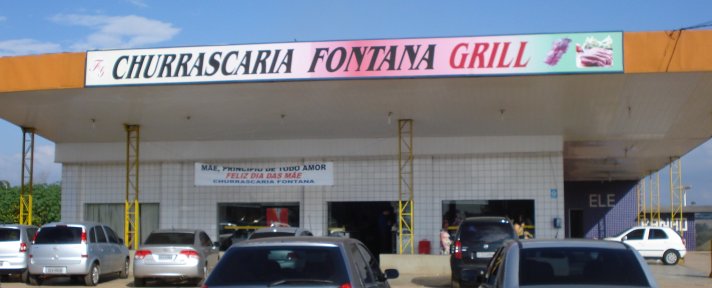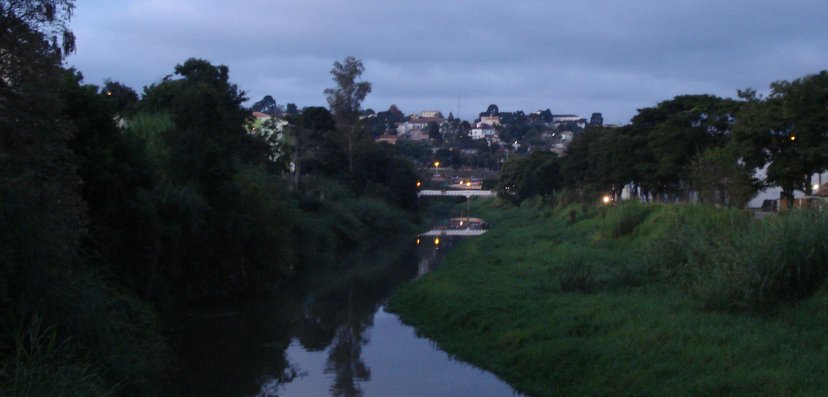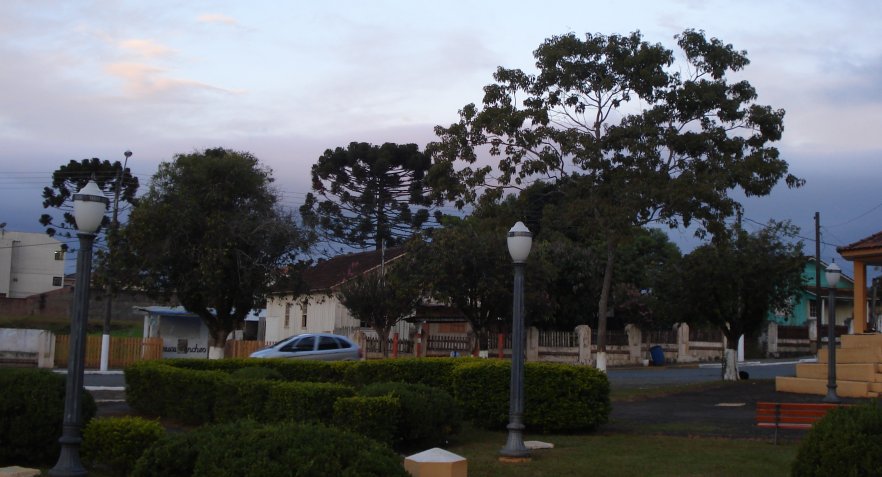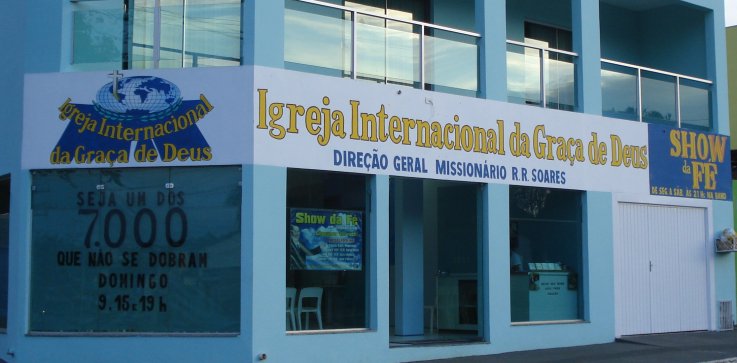You get to eat several pounds of really good meat and I taking full advantage of the opportunity in Brazil. We now have some churrascurias in the U.S. The most famous is Fogo de Chao. But in the U.S. these are upscale restaurants. They have to be because of the price of good beef. In Brazil they started off as feasts for the working man and in most places they have kept that mission.

We passed dozens of churrascurias on the road from Sao Paulo to Jaguariaivia in Parana. Most were associated with gas stations, which fit with a kind of truck-drivin’ feeling. We finally stopped off at one called Fontana. We got there at the end of the rush hour and the place was still full of families having a boisterous good time. They quickly identified us as “not from around here” and everyone was very friendly. English was not common and my Portuguese had atrophied almost out of existence, but we easily got by. A couple of young people stopped by to inform us that they were studying English, but did not attempt to pursue the conversation beyond that.
Brazilian roads have improved a lot since I last drove on them and I didn’t feel in imminent danger most of the time. Cars have improved too, so you don’t get that combination of very slow junk heaps blocking traffic and testosterone charged me in muscle cars anxious to pass them. Slow trucks still remain a problem, but the better roads and extra lanes have turned them into more a nuisance than a menace.
It was actually a pleasure to drive most of the time although expensive. Brazilian cars run on alcohol, which was not too expensive, but the major roads are leased to private firms. They maintain them but the price is high. We probably paid around $70 in tolls. If the choice is free, public, dangerous and bad versus good, expensive, smooth and safe, I suppose I choose second option. But it could be a little less expensive. My guess is that a lot of the local traffic is pushed onto secondary roads, which remain as they were.

We rented a car from Hertz and paid the extra $15 for GPS. It was worth it. I don’t think we could have gotten out of Sao Paulo w/o it. It tried to mislead us a few times, but on balance was good. It is amazing how far technology has come. You no longer really need local knowledge. In the old days, we didn’t even have good maps and we spent a lot of time asking locals for directions. They often did not really know the answers, but they were polite and told good stories.

Jaguariaivia is a pleasant little town. The thing that struck me was the number of Evangelical and Pentecostal churches. There were dozens along the road and in the city. Brazil has been almost an exclusively Catholic country for centuries, but I am not sure that they are any longer the majority in Parana and certainly not the majority of the enthusiastic believers.

